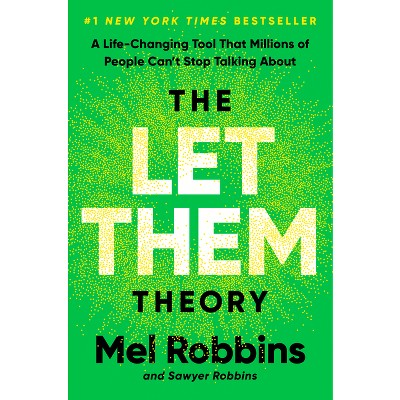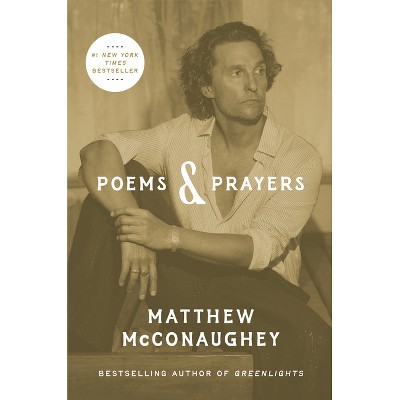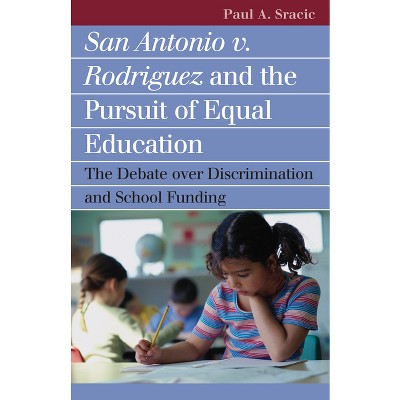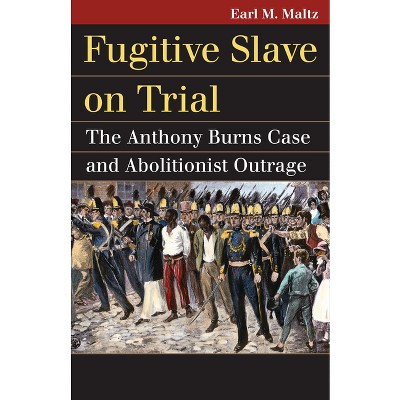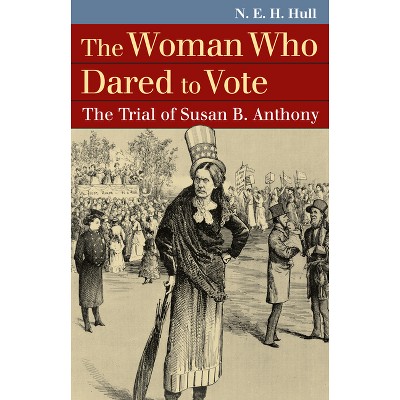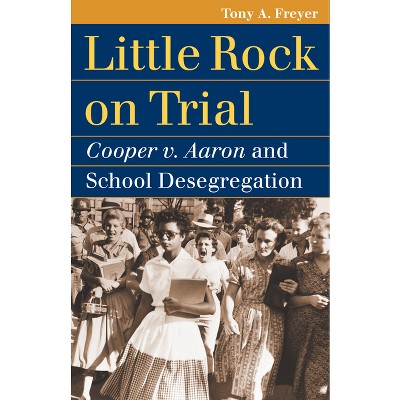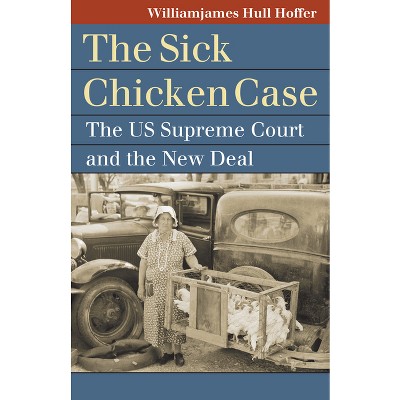Sponsored

Brown V. Board of Education - (Landmark Law Cases & American Society) by Robert J Cottrol & Raymond T Diamond & Leland B Ware (Paperback)
In Stock
Sponsored
About this item
Highlights
- Before 1954, both law and custom mandated strict racial segregation throughout much of the nation.
- Author(s): Robert J Cottrol & Raymond T Diamond & Leland B Ware
- 304 Pages
- Freedom + Security / Law Enforcement, Legal History
- Series Name: Landmark Law Cases & American Society
Description
About the Book
Tracing the litigations, highlighting the pivotal role of the NAACP, and including incisive portraits of key players, this book simply but powerfully shows that "Brown" not only changed the national equation of race and caste, it also changed our view of the Court's role in American life.Book Synopsis
Before 1954, both law and custom mandated strict racial segregation throughout much of the nation. That began to change with Brown v. Board of Education, the landmark decision that overturned the pernicious "separate but equal" doctrine. In declaring that legally mandated school segregation was unconstitutional, the Supreme Court played a critical role in helping to dismantle America's own version of apartheid, Jim Crow. This new study of Brown--the title for a group of cases drawn from Kansas, Virginia, South Carolina, Delaware, and the District of Columbia--offers an insightful and original overview designed expressly for students and general readers. It is concise, up-to-date, highly readable, and very teachable. The authors, all recognized authorities on legal history and civil rights law, do an admirable job of examining the fight for legal equality in its broad cultural and historical context. They convincingly show that Brown cannot be understood apart from the history of caste and exclusion in American society. That history antedated the very founding of the country and was supported by the nation's highest institutions, including the Supreme Court whose decision in Plessy v. Ferguson (1896) supported the notion of "separate but equal." Their book traces the lengthy court litigations, highlighting the pivotal role of the National Association for the Advancement of Colored People and including incisive portraits of key players, including co-plaintiff Oliver Brown, newly appointed Chief Justice Earl Warren, NAACP lawyer and future Supreme Court justice Thurgood Marshall, and Justice Felix Frankfurter, who recognized the crucial importance of a unanimous court decision and helped produce it. The authors simply but powerfully narrate the obstacles these individuals faced and the opportunities they grasped and clearly show that there was much more at stake than educational rights. Brown not only changed the national equation of race and caste--it also changed our view of the Court's role in American life. The dramatic story of the road to and from Brown, despite the retrenchments of recent years, needs to be heard anew. As we prepare to commemorate the decision's fiftieth anniversary in May 2004, this book invites readers to walk that road again and appreciate the lasting importance of what is indisputably a landmark case.Review Quotes
"A wide-ranging and important exploration of how 'caste' and 'culture' have related to the U.S. Constitution. . . . This thoughtful, wise, accessible, and prize-winning book should be kept in print as an exceptional introduction to the thorny issues that led up to Brown v. Board of Education and its long aftermath."--Journal of Southern History
"This notable study is much more than a standard case history. The authors succeed in their goal of linking Brown to larger themes in American culture. A significant contribution to the literature on Brown . . . of value to specialists and the general reader."--The Historian
"Succinct, readable, and conveys the basics of the era very well."--Law and History Review
"A clear and concise synthesis of the political and legal context of the decision, in which the authors employ accessible language that demystifies the often-difficult idiom and logic of American jurisprudence."--History of Education Quarterly
"This book takes an important story and tells it very well."--Perspectives on Political Science
"This work explores the cultural context of the groundbreaking Brown decision. . . . The authors highlight the pivotal role of the NAACP . . . and also focus on many of the figures involved in this historic legal battle. [They show that] Brown reflects both the potential and the limitations of the court's ability to reflect, influence, and reconcile cultural customs with the highest ideals of racial equality."--Booklist
"A vivid and comprehensive account of the historical, legal, and political dramas surrounding one of the most important Supreme Court cases of the twentieth century. With humanity and wisdom, the authors defend the decision from some of its most influential critics and evaluate the forces that shaped it as well as those that it set into motion. Accessible and shrewd in its judgments, this will be one of the definitive accounts of the Brown decision for years to come."--Jeffrey Rosen, legal affairs editor of The New Republic and author of The Unwanted Gaze: The Destruction of Privacy in America
"Provides readers with a good overview of the most important decision by the Supreme Court in the twentieth century. The emphasis on culture as well as politics and law is particularly valuable."--Mark Tushnet, author of Making Civil Rights Law: Thurgood Marshall and the Supreme Court, 1936-1961
Shipping details
Return details
Trending Non-Fiction
